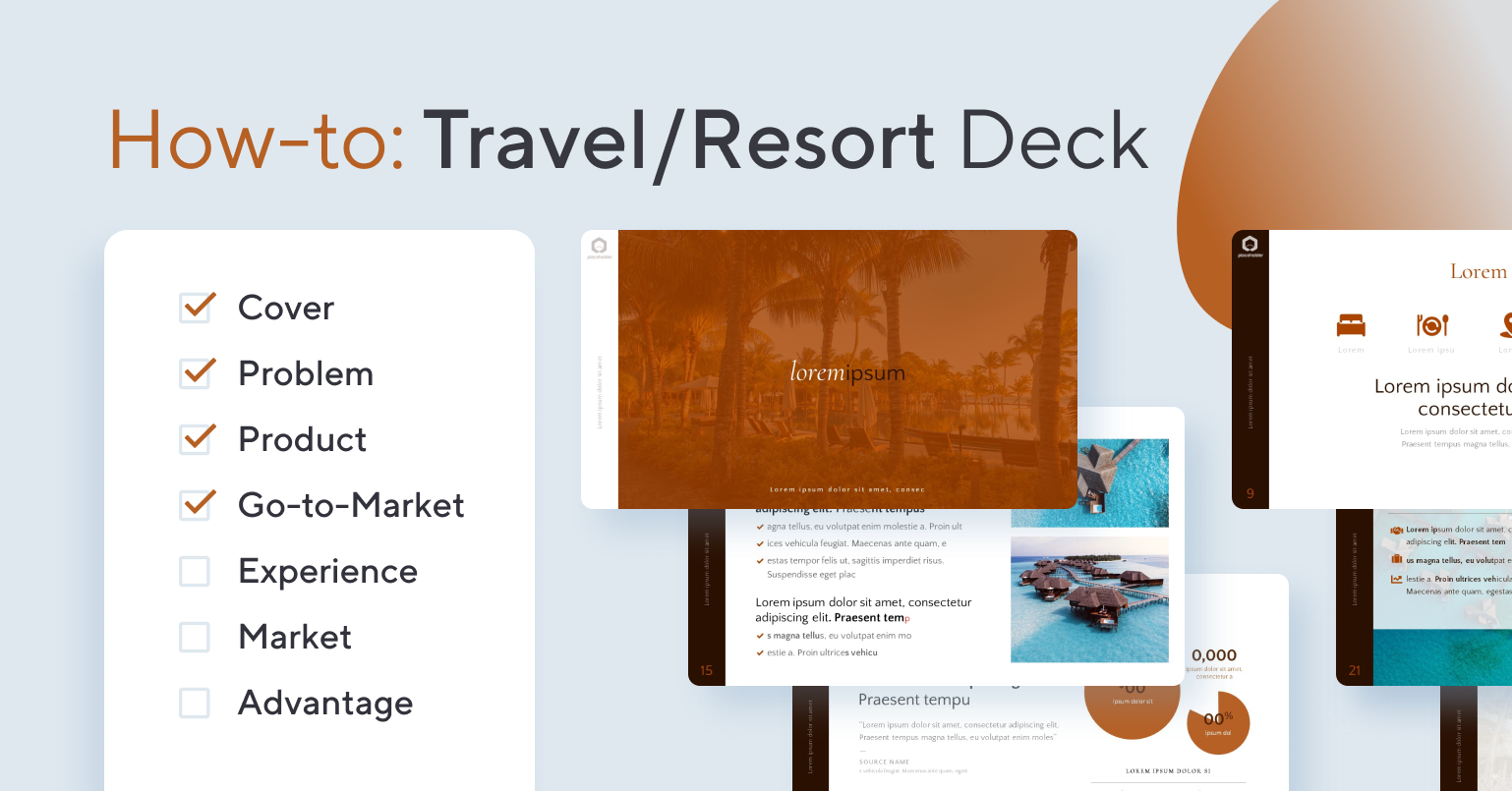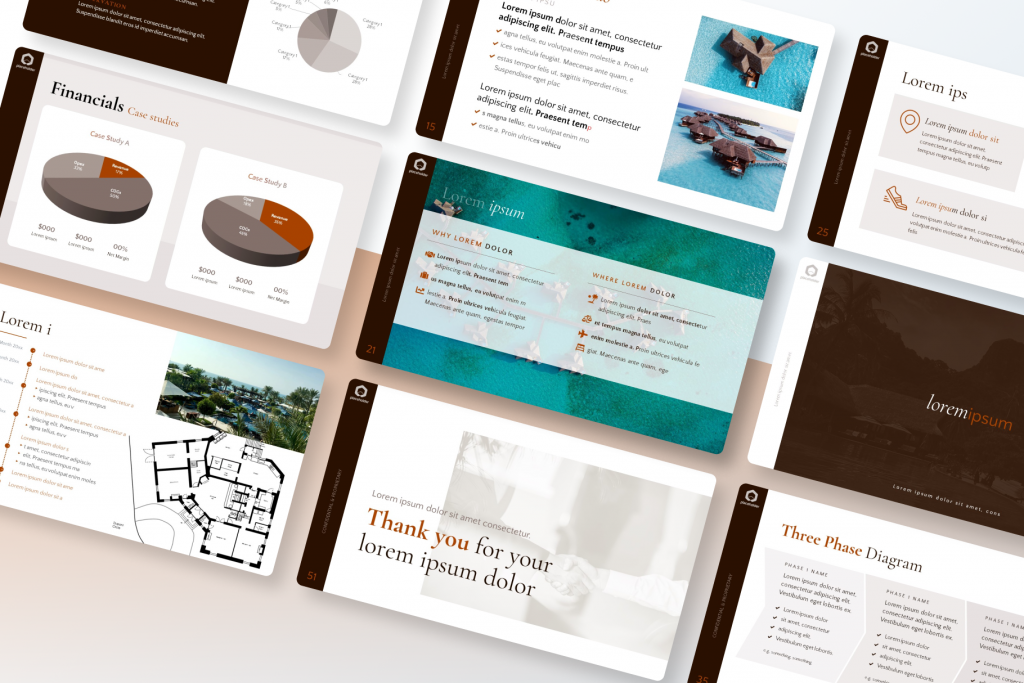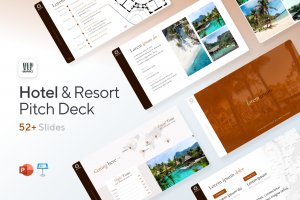“Traveling – it leaves you speechless, then turns you into a storyteller.” – Ibn Battuta
Curiosity is molded into human nature. It is what is taking us to other planets in space and in the depths of oceans where even light can’t reach. Traveling is one source to quench this curiosity; it is as old as the humans themselves and will last until the last human is breathing.
While early travel meant a slower, more dangerous, and more dominated by trade and migration journey, cultural and technological advances have made travel easier and more accessible. One thing that hasn’t changed, however, is our desire to be as comfortable as possible in every situation possible and that includes traveling.
This has led to a traveling and hotel sector that is the largest industry globally by employment and tourism industry is one of the fastest-growing industries in the world. Because of its nature, the tourism industry will always respond to innovation (Airbnb, for example).
No matter if your next startup is about giving exact routes, locating and purchasing boat slips, breaking language barriers between travelers and natives, or helping users discover the best food, nightlife, and entertainment, or maybe you are looking to raise capital for your existing company, you’d need a pitch deck that will showcase your idea or company and will make people invest in them.
In this article, we will help you achieve just that and will guide you on what to include in your pitch deck and what mistakes to avoid.
What slides should you include in your Hotel/Resort or Travel Pitch Deck?
The first thing to avoid while crafting the perfect deck is lengthy slides, boring details, and unnecessary information. You have a very small window to capture the attention, build interest, and explain your idea as investors spend only 3 minutes 44 seconds on a pitch deck.
1. Introduction Slide
Start the pitch deck by introducing your company. This slide will incorporate a beautifully incorporated logo, catchy tagline, and an overview of startup/company goals. There is no need to overcomplicate this slide as this is just your introduction.
2. Problem Slide
Traveling is a practice that is inherently inconvenient because people are out of the comfort of their homes. Your startup should be solving some kind of issue in the traveling industry: you will explain the problem here. This is a good place to include relevant statistics and numbers. Make sure to be as clear and concise as possible. If your audience can’t understand the problem, they won’t be interested in the solution.
3. Solution Slide
In this slide, you will discuss how your product/service can add value, solve the above-discussed problem and make traveling easier. This will be one of the slides the investors will be most interested in as this is the essence of your idea, but you should be careful not to overpromise or overhype what you’re building.
4. Business Model Slide
So you encountered a problem and you have come up with a solution. In the investment world, no one is interested in that unless you show the audience how you can make money for them. In this slide, you will explain your business model and how your startup is going to stay afloat and create wealth for the stakeholders.
5. Market Opportunity
Because of Covid-19, the market size of the global tourism sector declined in 2020, reaching 1.54 trillion U.S. dollars. This industry’s market size is however expected to bounce back eventually, due to “pent up demand” among consumers. Market size, growth, and demographics are very important for the investors and you will present the relevant information here.
You want to make sure that you are presenting the market data related to your product or service and not a general overview. Your goal is to convince the investors that the current market is the best time to invest in your company.
The market slide will also cover your competition. Competitors are a top priority for investors: they are interested in knowing how you are different (and preferably better) than your competition, and how you are going to beat the competition to capture the market.
6. Engagement Slide
This slide is essential to portraying a robust marketing strategy to drive the growth of your business. If you already have a following and people are using your service, it’s very essential to show that off to create authority. It will signal your investors how quickly you can access the market. Make sure to include all different kinds of traction KPIs, such as Instagram followers, likes, and interaction rates.
7. Growth Slide
Has your startup accumulated some growth in form of revenue or subscriptions? This slide is the place to show that. However, only include this slide if you have something solid to show for because it can easily backfire and reduce investors’ confidence in your product. To give you an idea, accelerator programs like Y Combinator expect at least 15% month-over-month growth.
8. Team Slide
Team Slide is often overlooked but it is one of the most important slides. If your team is experienced with strong prior experience and achievements, it will definitely increase your chances of securing funding.
In this slide, you can include details about the leadership and list some of their achievements. Keep it simple and believable. The last thing you want to do is come off as unreliable. If the leadership has prior experience with a successful startup, that will be a big plus.
9. Finance Slide
After the competition and the team, finance is the most important thing for the investors. You want to paint a picture of finances for the next 3 to 5 years. Although no one can predict the future, this estimate can give the investor an idea of where the company is heading.
You want to be conservative with your estimates and not overpromise. Finance is a really sensitive issue and you should be completely transparent and straightforward with it. You may also want to have details of your financials with you, or (at the least), prepared for the next stage of diligence — most interested investors will want to take a deeper look than the pitch deck.
10. Call to action
A clear call to action is very important from your perspective because the whole point of the deck is to make them invest in your idea.
Don’t ask for a fixed number but give a round figure, for example, instead of $5 million, you can ask for $3 to $6 million. If the investment firm has a smaller allocation available, they will still be able to contribute.
What key topics should a Travel Pitch Deck address?
Below are the questions every travel deck should answer:
- Who is interested in your travel product or service?
- What makes your travel product or service unique?
- What is your pricing and profit model?
- What traction or experience have you achieved?
- How do you acquire customers for your business?
- What investment (or deal) are you looking for? Why?
- What are your goals & key milestones? What are you going to achieve?
Designing a Travel Pitch Deck? Check this out:
You might be interested in the popular Hotel & Resort / Travel Pitch Deck Template designed by our team at VIP.graphics: cutting-edge slides based on decks that closed millions in deals & investments for orgs of all sizes: from high-growth startups to Fortune 100 corporations. Super simple to customize in PowerPoint or Keynote, this template offers you ready-made elements & all the essential slides to help your business stand out: it’s a matter of minutes to create and share this convincing & professional deck with your stakeholders & investors — learn more here.


